Home>Furniture & Design>Outdoor Furniture>What Kind Of Paint To Use On Outdoor Wood
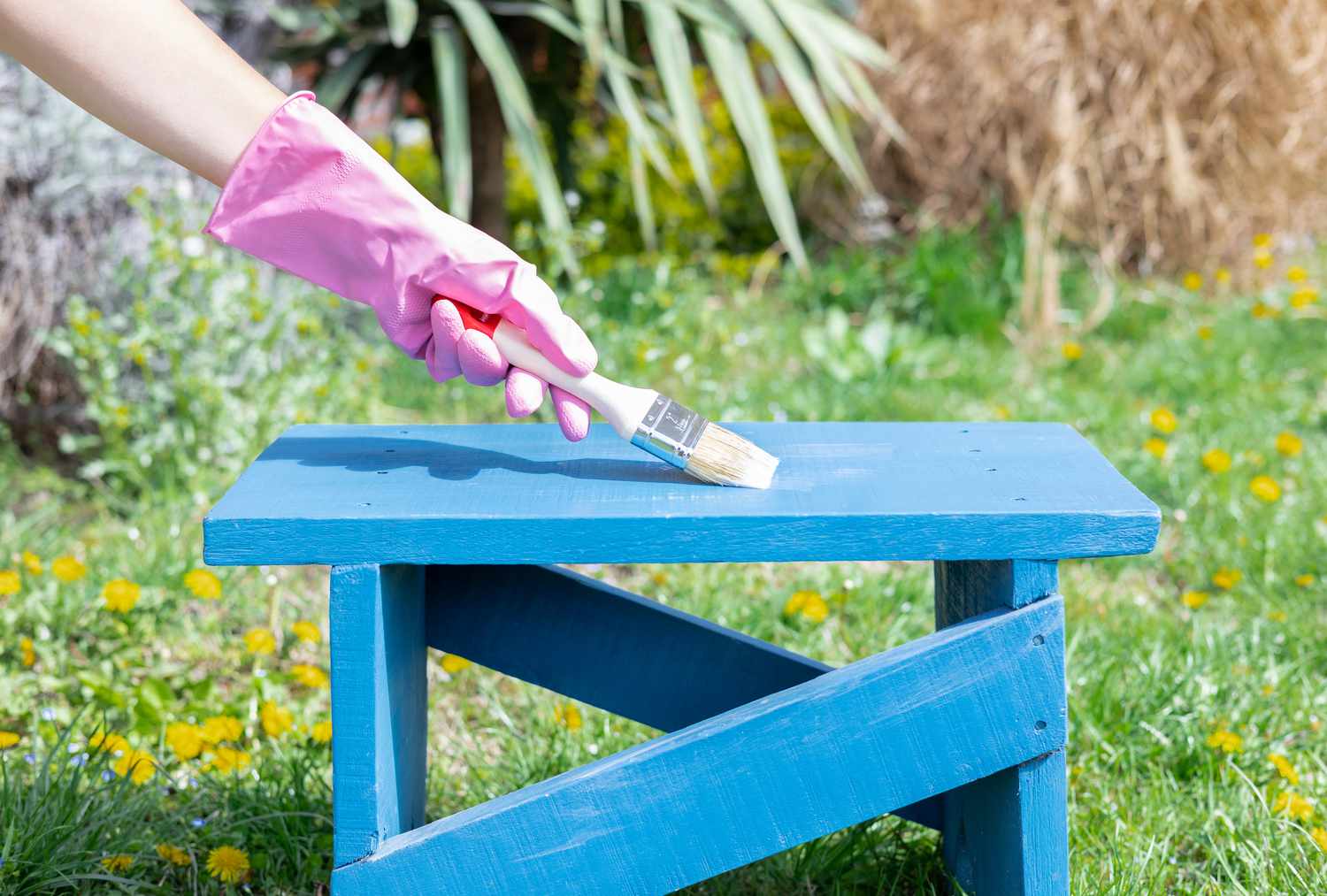

Outdoor Furniture
What Kind Of Paint To Use On Outdoor Wood
Modified: March 26, 2024
Discover the best paint for outdoor wood furniture and design. Find out which type of paint is ideal for your outdoor furniture projects. Protect and enhance your outdoor wood with the right paint.
(Many of the links in this article redirect to a specific reviewed product. Your purchase of these products through affiliate links helps to generate commission for Storables.com, at no extra cost. Learn more)
Introduction
When it comes to outdoor wood furniture, decks, or other wooden structures, choosing the right type of paint is crucial for preserving the beauty and integrity of the wood. Outdoor wood is constantly exposed to harsh elements such as sunlight, rain, and temperature fluctuations, making it susceptible to damage if not properly protected. In this comprehensive guide, we will explore the different factors to consider when selecting paint for outdoor wood, as well as the various types of paint available, including oil-based, acrylic, and latex options. By understanding the unique characteristics of each type of paint, you can make an informed decision that will ensure the longevity and aesthetic appeal of your outdoor wood surfaces.
Key Takeaways:
- Choose oil-based paint for long-lasting protection on high-traffic outdoor wood areas like decks and furniture. Its durability and weather resistance make it a popular choice for lasting visual appeal.
- Acrylic paint offers quick drying, flexibility, and low VOC content, making it a versatile option for fences, garden furniture, and exterior wooden structures. Its ability to adapt to wood movements ensures lasting protection.
Factors to Consider
Before delving into the specific types of paint suitable for outdoor wood, it’s essential to consider several key factors that can influence your decision-making process. Understanding these factors will help you select the most appropriate paint for your specific outdoor wood application:
- Weather Resistance: Outdoor wood surfaces are exposed to a wide range of weather conditions, including UV exposure, moisture, and temperature fluctuations. It’s crucial to choose a paint that offers superior weather resistance to prevent premature degradation and ensure long-lasting protection.
- Durability: The durability of the paint is paramount, especially for high-traffic areas such as decks and outdoor furniture. Look for paint that can withstand heavy use, frequent cleaning, and potential abrasions without losing its protective properties.
- Flexibility: Outdoor wood is prone to expansion and contraction due to changes in humidity and temperature. A flexible paint formulation can accommodate these natural movements without cracking or peeling, maintaining a seamless protective barrier.
- Adhesion: Proper adhesion is essential to prevent the paint from flaking or chipping over time. The paint should adhere firmly to the wood surface, creating a strong bond that resists peeling, especially in areas with high moisture or humidity.
- Maintenance Requirements: Consider the maintenance demands of the paint. Some formulations may require regular touch-ups or reapplication, while others offer long-lasting protection with minimal maintenance.
- Aesthetic Preferences: Beyond functionality, consider the desired aesthetic outcome. Different types of paint offer various finishes, from glossy to matte, allowing you to achieve the visual effect that complements your outdoor space.
By carefully evaluating these factors, you can narrow down your options and choose a paint that aligns with the specific demands of your outdoor wood project, ensuring optimal performance and visual appeal.
Types of Paint for Outdoor Wood
When it comes to painting outdoor wood surfaces, selecting the right type of paint is paramount to achieve lasting protection and visual appeal. There are several common types of paint suitable for outdoor wood applications, each with its unique characteristics and benefits. Understanding the differences between these paint options will empower you to make an informed decision based on your specific needs and preferences. Let’s explore the most prevalent types of paint for outdoor wood:
- Oil-Based Paint: Oil-based paint has long been a popular choice for outdoor wood surfaces due to its exceptional durability and weather resistance. This type of paint forms a robust protective barrier against moisture, UV rays, and extreme weather conditions. It provides a glossy finish and offers excellent adhesion, making it suitable for high-traffic areas such as decks and outdoor furniture. While oil-based paint requires longer drying times and solvent-based cleanup, its longevity and resilience make it a compelling option for outdoor wood applications.
- Acrylic Paint: Acrylic paint, also known as water-based paint, has gained popularity for outdoor wood projects due to its quick drying time, easy cleanup with water, and low VOC (volatile organic compound) content. This type of paint offers good weather resistance and flexibility, allowing it to expand and contract with the wood without cracking. Acrylic paint is available in a wide range of colors and finishes, from matte to semi-gloss, providing versatility for various outdoor wood surfaces.
- Latex Paint: Latex paint, a specific type of acrylic paint, is renowned for its ease of application and fast drying properties. It offers impressive adhesion to wood surfaces and provides a durable, protective finish. Latex paint is available in both exterior and interior formulations, with exterior options specifically designed to withstand outdoor conditions. With low odor and easy soap-and-water cleanup, latex paint is a convenient choice for outdoor wood painting projects.
Each type of paint has its own set of advantages and considerations, and the choice ultimately depends on the specific requirements of your outdoor wood project. By understanding the characteristics of oil-based, acrylic, and latex paints, you can confidently select the most suitable option to enhance and protect your outdoor wood surfaces.
Oil-Based Paint
Oil-based paint has long been favored for outdoor wood applications due to its exceptional durability, weather resistance, and ability to create a robust protective coating. This type of paint is formulated with natural or synthetic oils, such as linseed oil or alkyd resin, which contribute to its unique properties.
Key Characteristics:
- Durability: Oil-based paint is renowned for its long-lasting durability, making it an ideal choice for outdoor wood surfaces exposed to harsh elements. It forms a tough, resilient film that can withstand heavy use and extreme weather conditions, providing superior protection against moisture, UV rays, and temperature fluctuations.
- Weather Resistance: The inherent weather resistance of oil-based paint makes it well-suited for outdoor applications. It effectively shields the wood from moisture infiltration, preventing rot, decay, and warping, while also resisting fading and discoloration caused by prolonged sun exposure.
- Adhesion: Oil-based paint offers excellent adhesion to wood surfaces, creating a strong bond that minimizes the risk of peeling or flaking over time. This ensures that the protective coating remains intact, even in high-moisture environments.
- Application and Drying: While oil-based paint provides exceptional protection, it typically requires longer drying times compared to water-based alternatives. Proper ventilation is essential during application, and cleanup involves the use of solvents such as mineral spirits or paint thinners.
- Finish Options: Oil-based paint is available in a range of finishes, from glossy to satin, allowing for customization based on aesthetic preferences and the desired level of sheen.
It’s important to note that due to the presence of volatile organic compounds (VOCs) in oil-based paint, proper ventilation and adherence to safety guidelines are essential during application. Additionally, disposal of paint-related materials must be handled in accordance with local regulations to minimize environmental impact.
Overall, oil-based paint remains a popular choice for outdoor wood applications, particularly for high-traffic areas such as decks, outdoor furniture, and exterior trim, where long-term protection and durability are paramount.
When painting outdoor wood, use an exterior acrylic latex paint or an oil-based paint specifically designed for outdoor use. These paints are durable and provide protection against the elements.
Acrylic Paint
Acrylic paint, also known as water-based paint, has emerged as a versatile and popular option for outdoor wood projects, offering a balance of performance, ease of use, and environmental considerations. Formulated with acrylic resins and pigments, this type of paint provides several advantages for outdoor wood surfaces.
Key Characteristics:
- Quick Drying: One of the primary benefits of acrylic paint is its rapid drying time, allowing for efficient application and faster project completion. This feature is particularly advantageous for outdoor wood projects where expedited turnaround is desired.
- Weather Resistance: Acrylic paint exhibits good weather resistance, providing protection against moisture, UV exposure, and temperature fluctuations. Its flexibility enables it to expand and contract with the wood, reducing the risk of cracking or peeling due to environmental stressors.
- Low VOC Content: Many acrylic paints are formulated with low levels of volatile organic compounds (VOCs), making them an environmentally conscious choice. This not only benefits the surrounding ecosystem but also contributes to improved air quality during and after the painting process.
- Versatility: Acrylic paint is available in a wide range of colors and finishes, offering versatility for achieving desired aesthetic effects on outdoor wood surfaces. Whether a matte, satin, or semi-gloss finish is desired, acrylic paint provides options to suit various preferences.
- Easy Cleanup: Unlike oil-based paints, acrylic paint can be easily cleaned up with water and soap, minimizing the use of harsh solvents and simplifying post-application maintenance.
Due to its favorable characteristics, acrylic paint is well-suited for outdoor wood projects such as fences, garden furniture, and exterior wooden structures. Its ability to withstand outdoor conditions, combined with its ease of application and environmental considerations, makes it a compelling choice for homeowners and professionals alike.
Latex Paint
Latex paint, a specific type of water-based acrylic paint, has gained widespread popularity for both interior and exterior applications, including outdoor wood surfaces. Known for its ease of application, durability, and environmental advantages, latex paint offers several compelling benefits for outdoor wood projects.
Key Characteristics:
- Ease of Application: Latex paint is prized for its user-friendly application properties. It can be applied with ease using brushes, rollers, or sprayers, allowing for efficient coverage of outdoor wood surfaces.
- Fast Drying: Similar to other water-based paints, latex paint dries relatively quickly, facilitating expedited project completion and minimizing downtime.
- Adhesion and Durability: Latex paint exhibits strong adhesion to wood surfaces, creating a durable, protective layer that resists peeling and maintains its integrity over time. This makes it suitable for outdoor wood applications exposed to varying weather conditions.
- Low Odor and VOC Levels: Many latex paints are formulated with low levels of volatile organic compounds (VOCs), resulting in reduced odor during application and contributing to improved indoor and outdoor air quality. This makes latex paint a favorable choice for environmentally conscious individuals and those seeking a more pleasant painting experience.
- Easy Cleanup: Cleanup of latex paint is simple and convenient, requiring only water and mild soap. This minimizes the use of harsh solvents and simplifies post-painting cleanup efforts.
- Color and Finish Options: Latex paint is available in an extensive array of colors and finishes, providing flexibility to achieve desired aesthetic effects on outdoor wood surfaces. Whether a bold hue or a subtle sheen is preferred, latex paint offers options to suit various design preferences.
Given its ease of use, durability, and environmental considerations, latex paint is well-suited for a wide range of outdoor wood projects, including siding, outdoor furniture, wooden decks, and trim work. Its ability to withstand outdoor elements while offering convenient application and cleanup makes it a compelling choice for homeowners and professionals seeking reliable protection and visual enhancement for their outdoor wood surfaces.
Conclusion
Choosing the right type of paint for outdoor wood surfaces is a critical decision that directly impacts the longevity, protection, and visual appeal of your outdoor spaces. By considering factors such as weather resistance, durability, flexibility, adhesion, maintenance requirements, and aesthetic preferences, you can make an informed choice that aligns with the specific demands of your outdoor wood project.
Oil-based paint, renowned for its exceptional durability and weather resistance, remains a compelling option for high-traffic outdoor wood applications such as decks, outdoor furniture, and exterior trim. Its robust protective properties and ability to withstand harsh environmental conditions make it a popular choice for long-term protection and visual enhancement.
Acrylic paint, with its quick drying time, good weather resistance, low VOC content, and versatility in finishes, offers a balanced solution for outdoor wood projects. Its ability to adapt to natural wood movements and provide lasting protection makes it a favorable choice for fences, garden furniture, and various exterior wooden structures.
Latex paint, a specific type of water-based acrylic paint, stands out for its ease of application, fast drying, strong adhesion, low odor, and extensive color and finish options. Its user-friendly properties, combined with durable protection and environmental advantages, make it an appealing choice for a wide range of outdoor wood surfaces, including siding, decks, and outdoor trim work.
Ultimately, the selection of the most suitable paint for your outdoor wood project depends on a careful assessment of the unique characteristics and requirements of each type of paint, as well as your specific preferences and priorities. By leveraging the insights provided in this guide, you can confidently choose the ideal paint to safeguard and enhance the beauty of your outdoor wood surfaces, ensuring lasting protection and visual appeal for years to come.
Frequently Asked Questions about What Kind Of Paint To Use On Outdoor Wood
Was this page helpful?
At Storables.com, we guarantee accurate and reliable information. Our content, validated by Expert Board Contributors, is crafted following stringent Editorial Policies. We're committed to providing you with well-researched, expert-backed insights for all your informational needs.
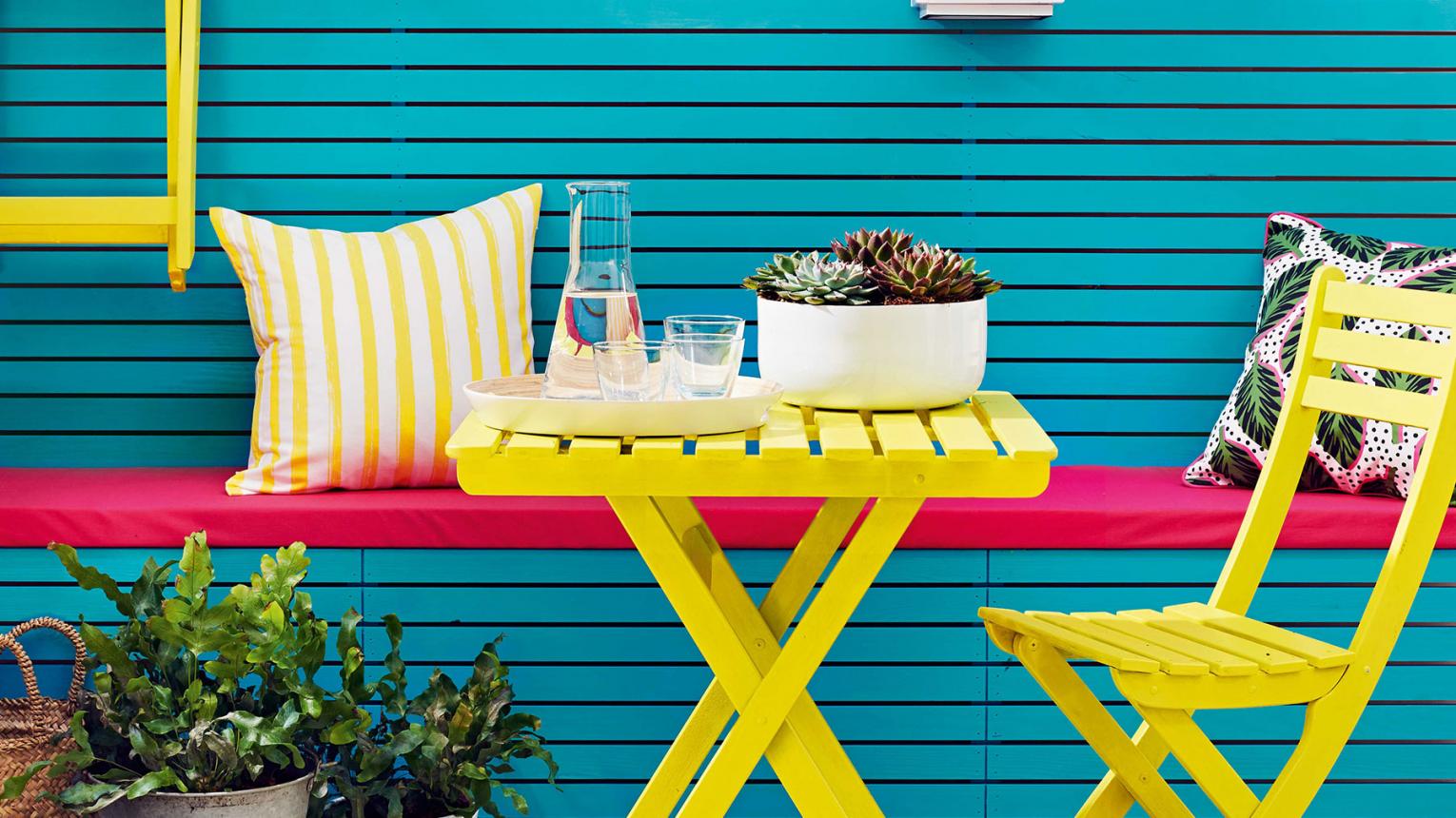
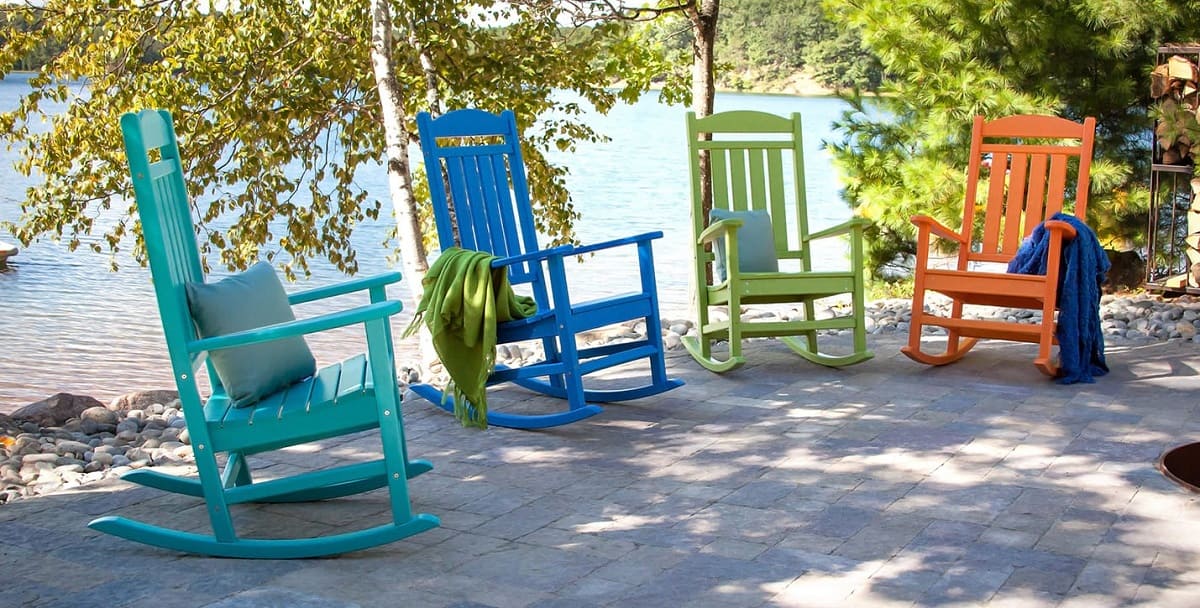

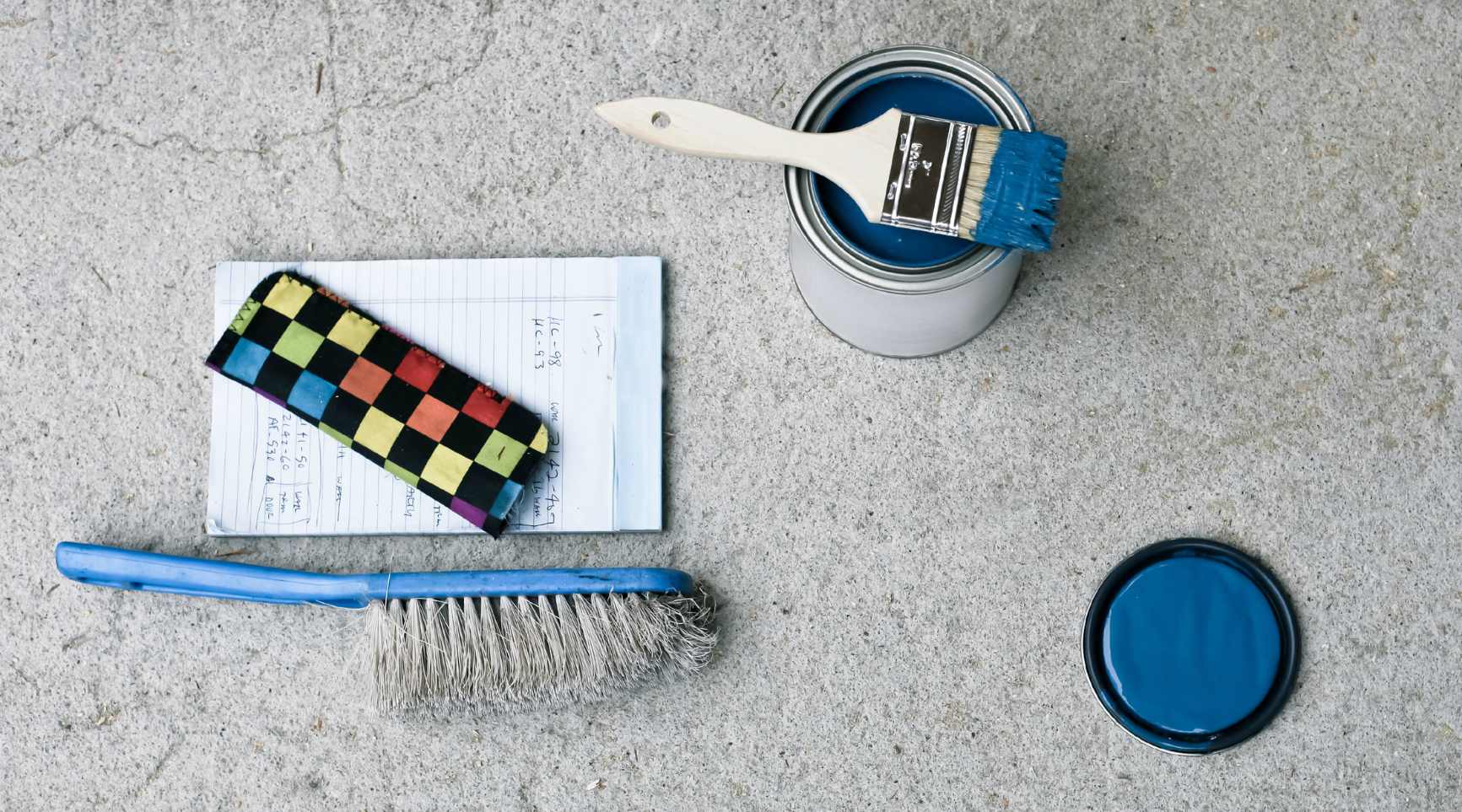
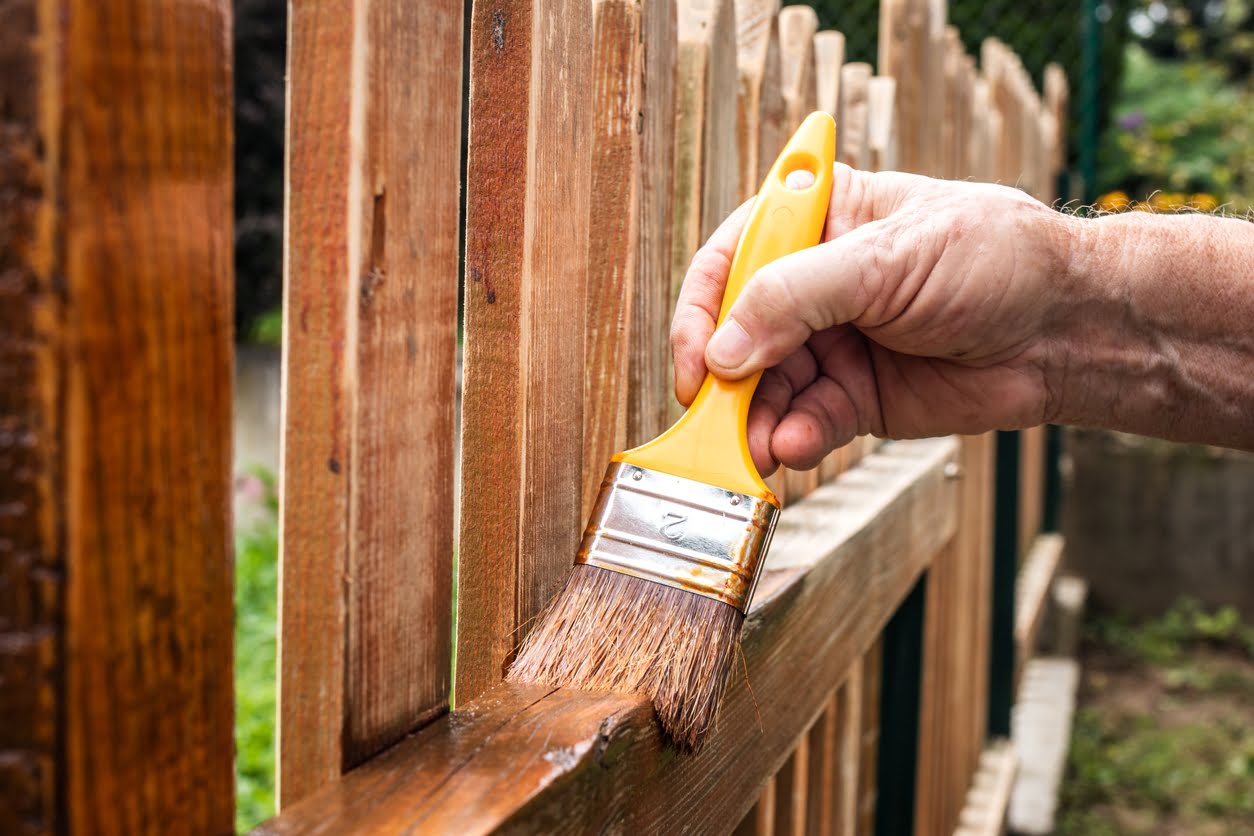
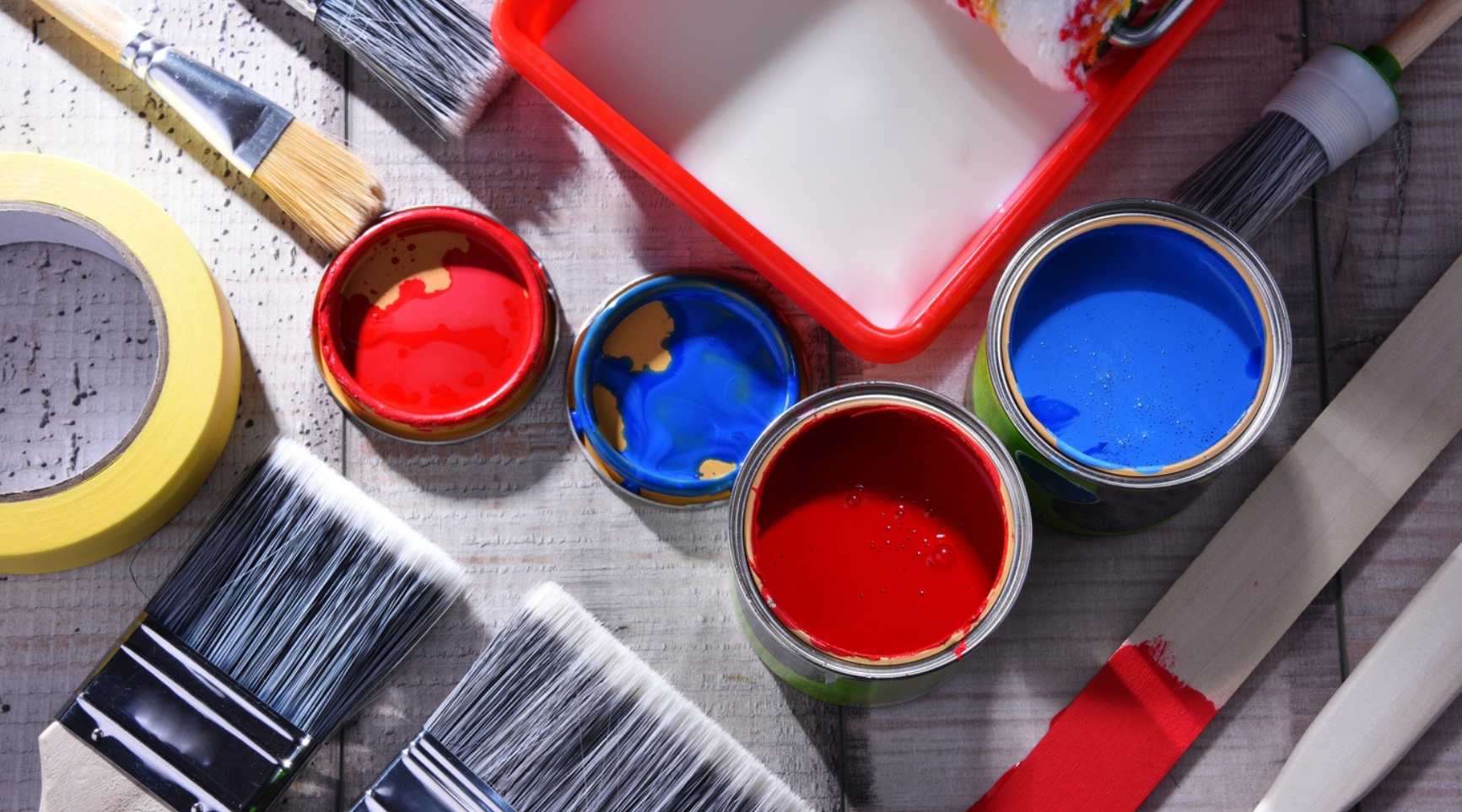
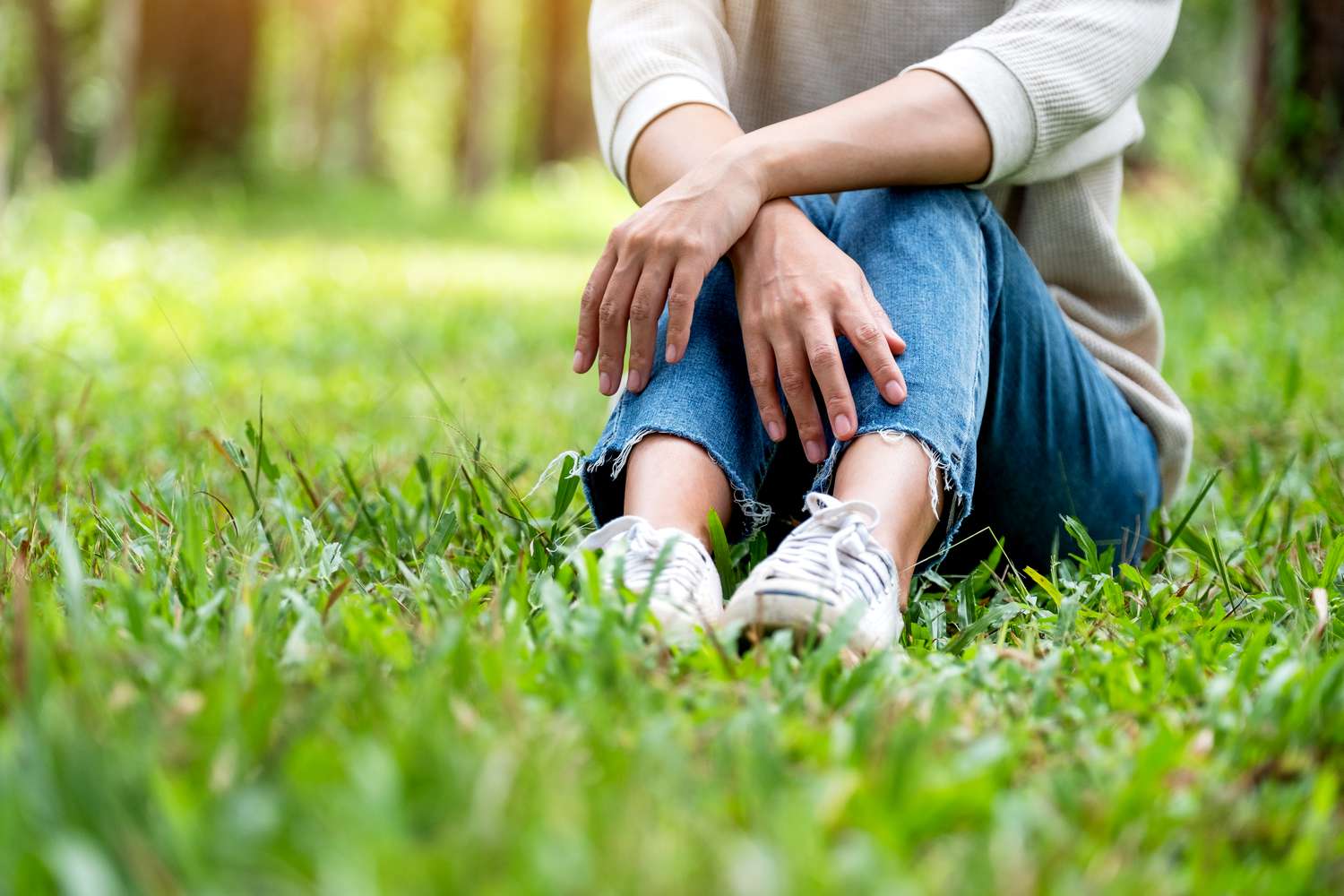

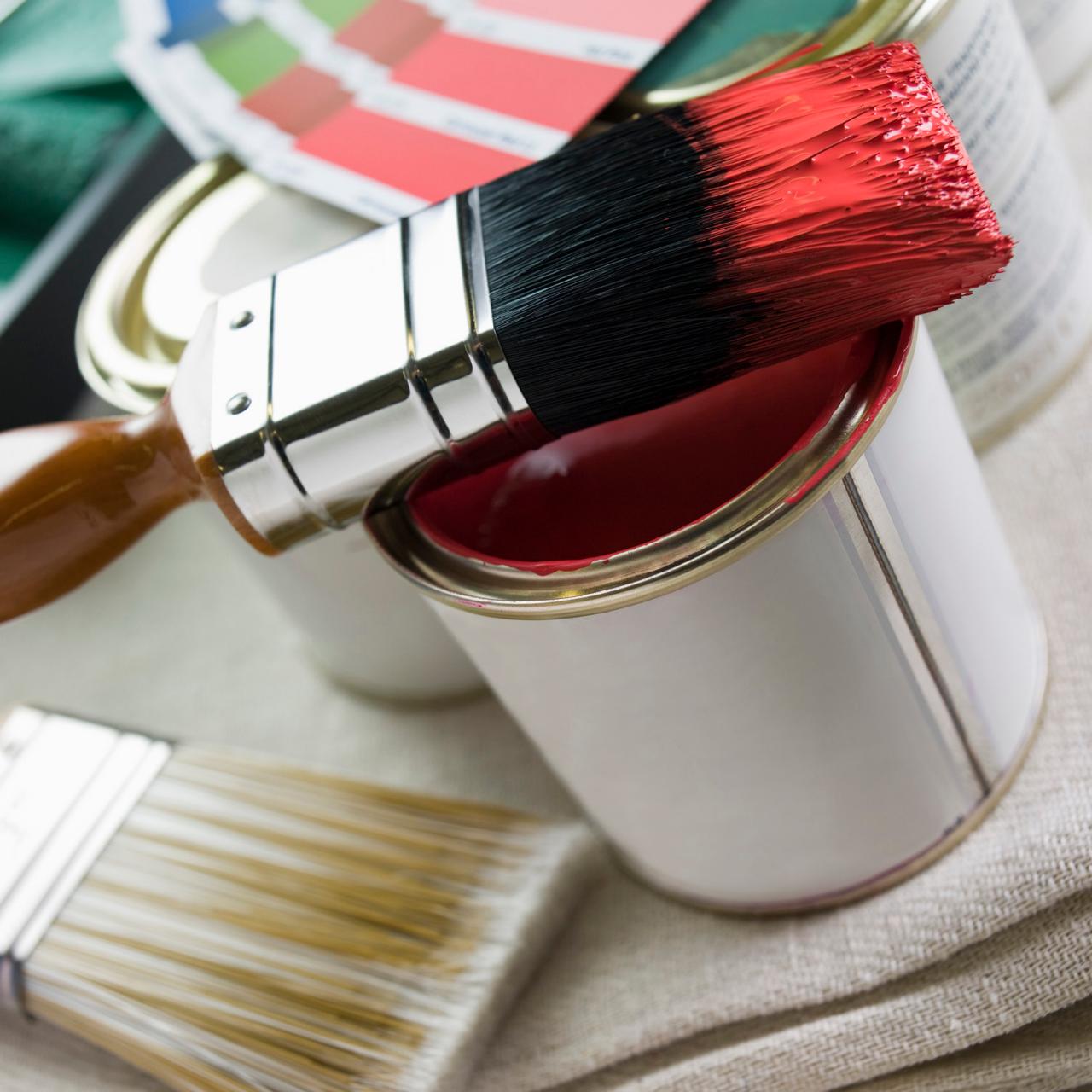
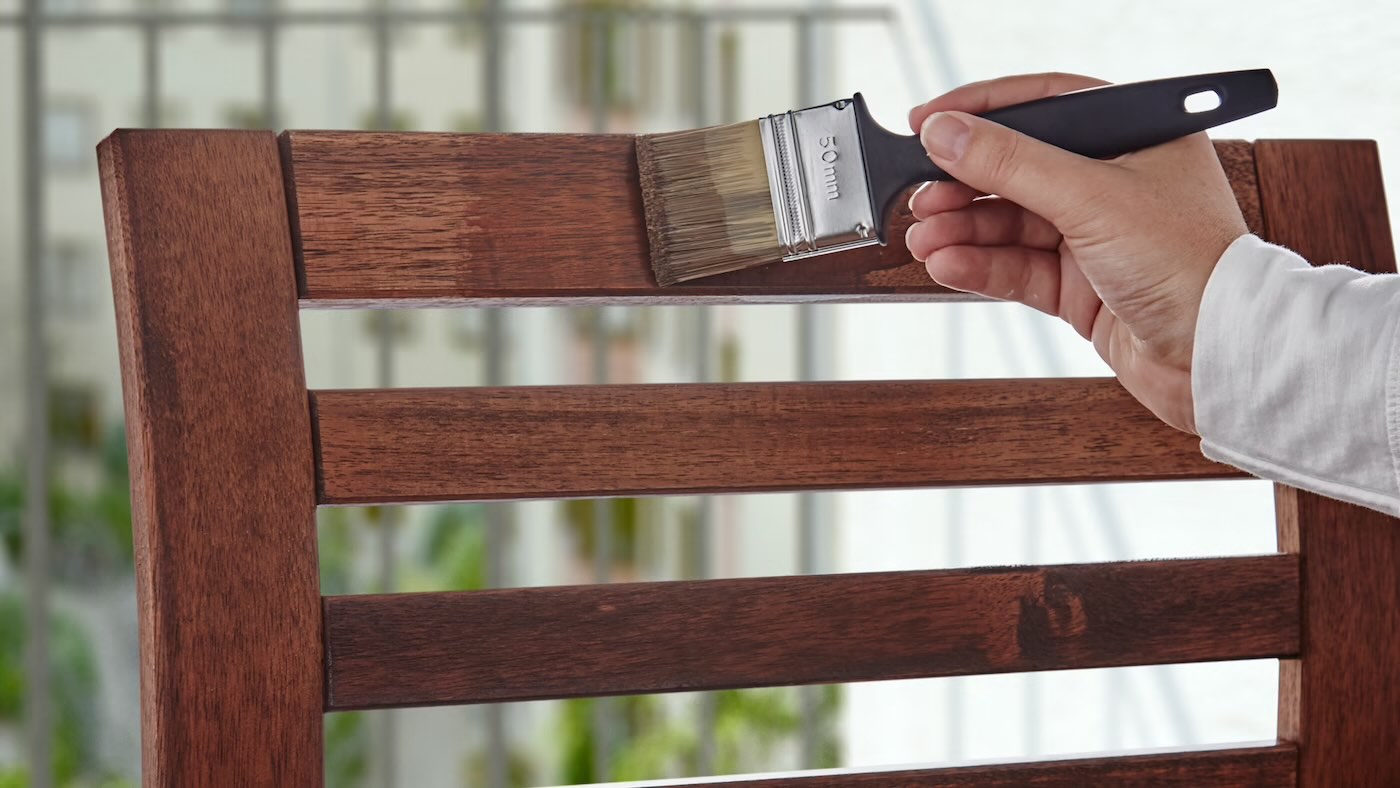
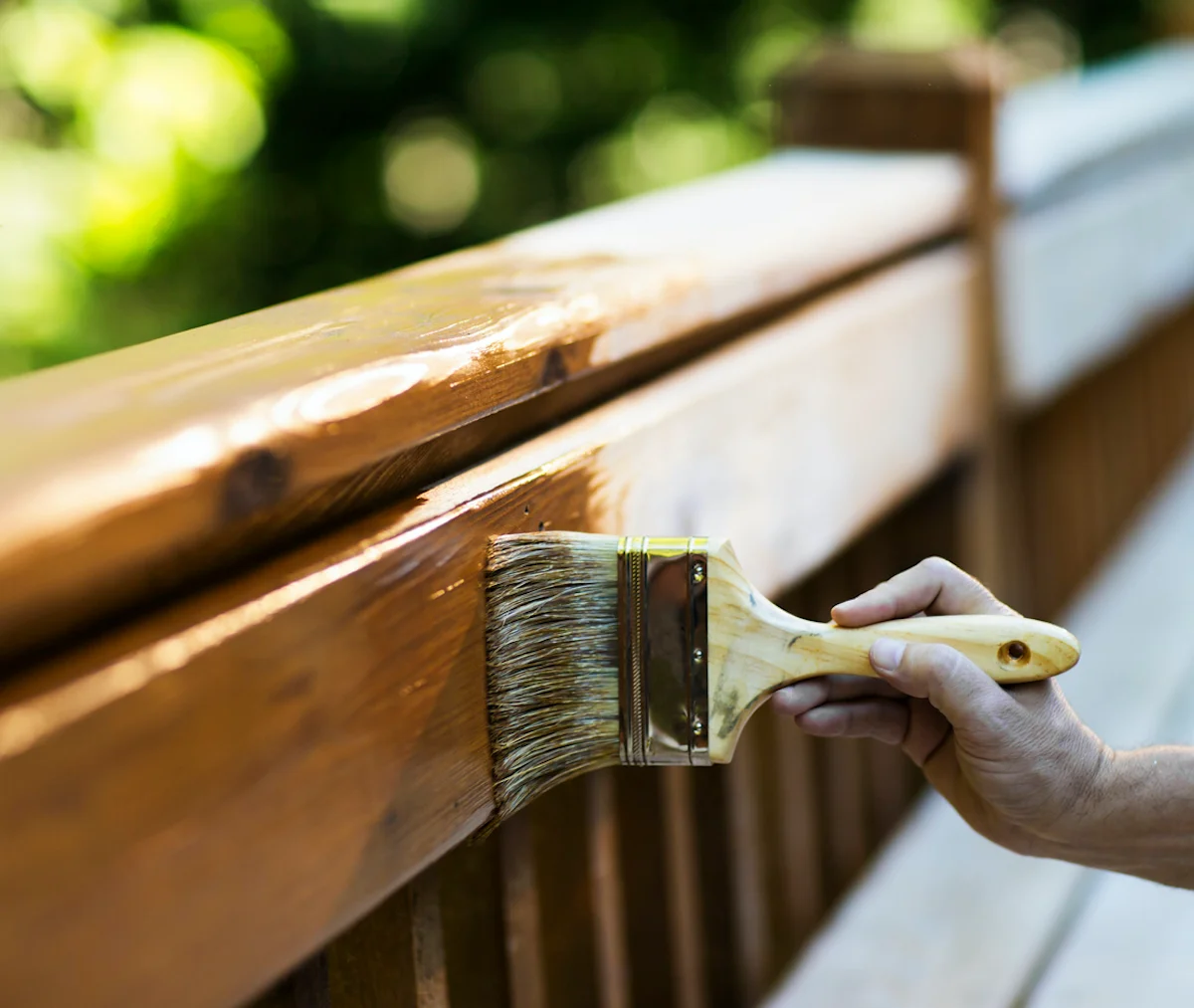
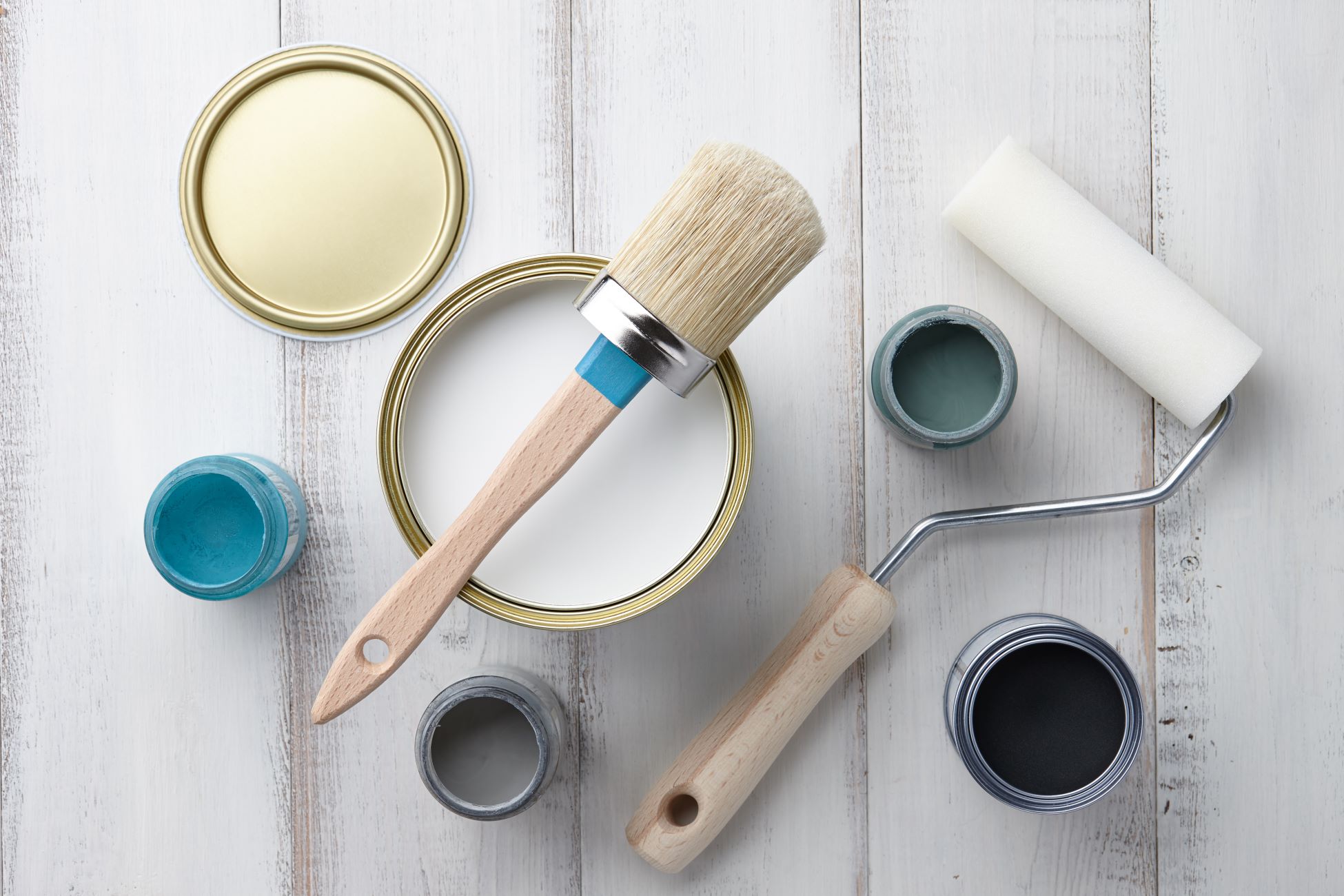
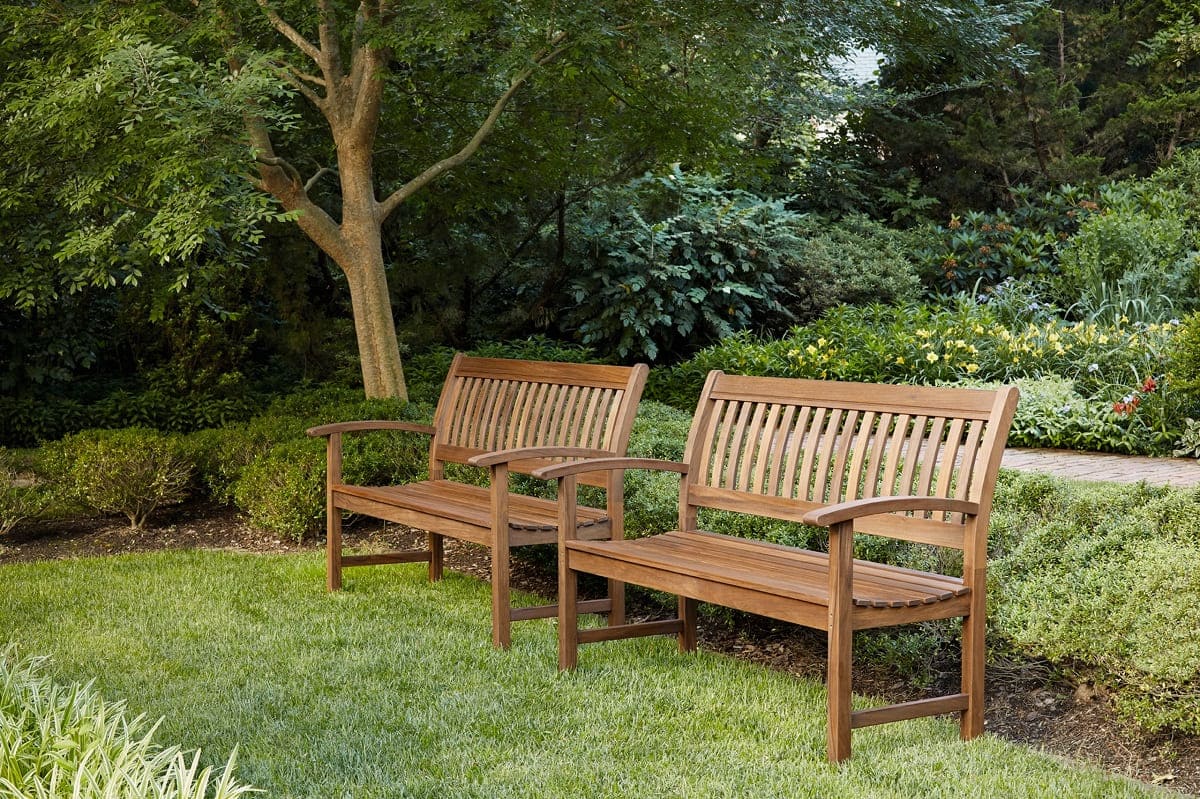
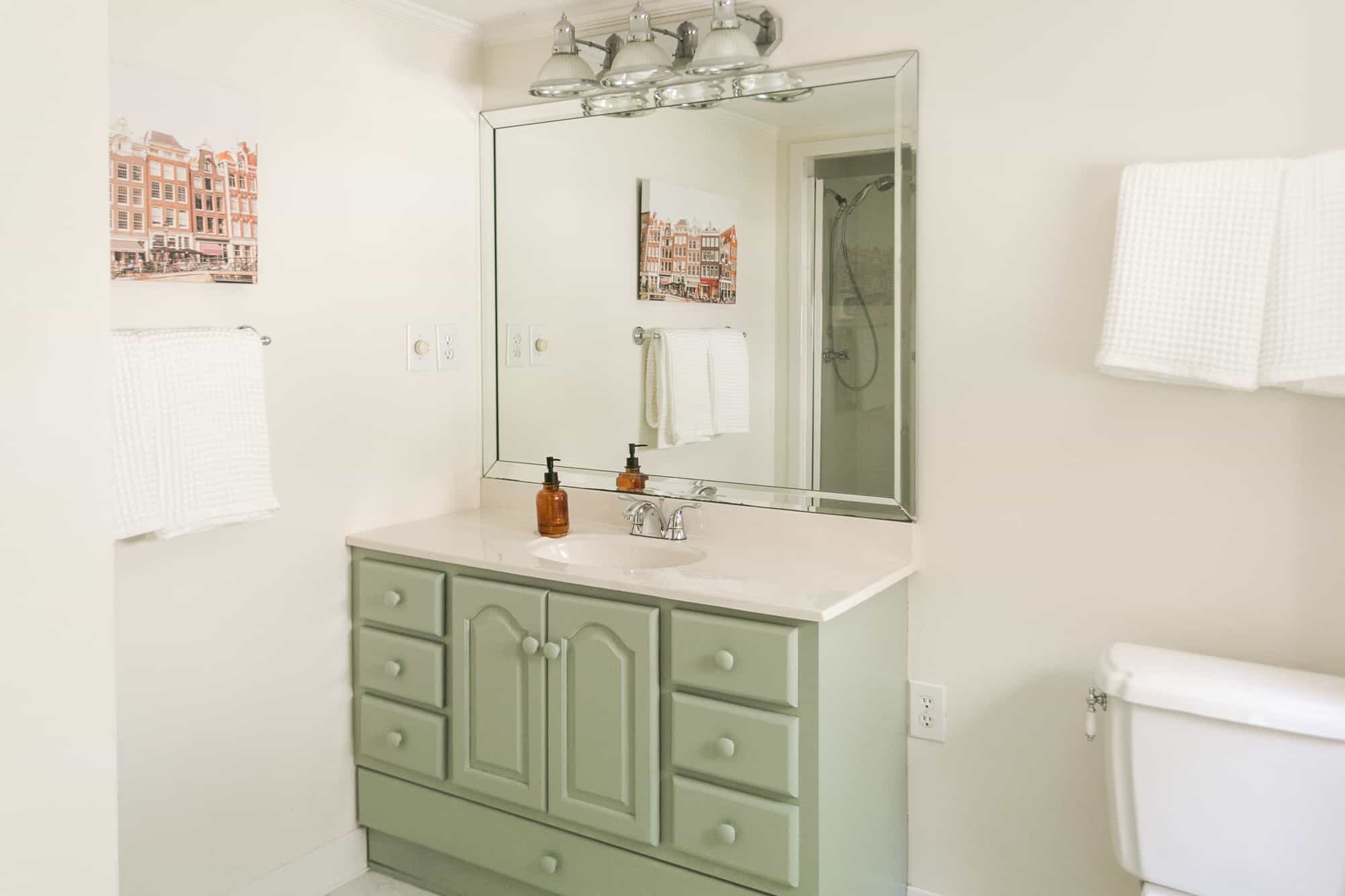

0 thoughts on “What Kind Of Paint To Use On Outdoor Wood”